γνῶθι σεαυτόν A healthy lifestyle isn’t always easy to pursue. Exercising and eating well can be expensive, time-consuming, and tiring. Worst of all, it’s pretty frustrating when you dedicate your time and energy to it, only to see small or no improvement.
Ideally, you’d hire a professional to do the heavy lifting (not literally, I’m afraid) and pick the best programme and diet for you. In truth, many of us lack the funds for a personal trainer and have to resort to random workout programmes and nutrition plans that either overwhelm us or prove fruitless. A few lucky individuals may find the perfect physical activity and diet, but a lot more simply decide “this fitness thing” isn’t for them after all. Nothing can substitute in-depth professional knowledge, but a basic understanding of your strengths and weaknesses can give you the tools to assess whether a certain fitness class or food choice will give you the results you’re looking for. Although each body is unique, some of us share common physical characteristics, such as a propension to store more fat or more muscle mass. Taking these elements into account along with similarities between bone structures, scientists have defined three body types or somatotypes: the ectomorph, the endomorph, and the mesomorph. No one is 100% one type, but rather a combination of all three, with one of them being predominant. For this reason, the science behind somatotypes can’t provide a perfect analysis of your own individual body. Nevertheless, understanding your somatotype can be a great starting point to select a workout programme and a diet you’ll want to stick to instead of a “too much pain and no gain” one you’ll abandon the next day.
0 Comments
We struggle with eating healthily, obesity, and access to good nutrition for everyone. But we have a great opportunity to get on the right side of this battle by beginning to think differently about the way that we eat and the way that we approach food. Nutrition is one of the key components of a healthy lifestyle: it reduces the risk of several diseases, decreases high blood pressure, lowers high cholesterol, improves your resistance to illness and your ability to recover from injury, and also contributes to the achievement or maintenance of a healthy body fat percentage. For years, magazines have been selling us meal frequency as a fundamental ingredient in the recipe for successful healthy eating, along with what and how much we consume.
If it is so crucial, then we should know the perfect meal frequency, right? Well, not exactly. I googled “How many times a day should I eat?” and got 768,000,000 results in 0.71 seconds. A health guru recommends three larger meals and two or three snacks, another advocates for intermittent fasting, a third urges to eat when you’re hungry and stop when you’re full. Trying to figure out who’s right and who’s wrong is just going to give you a headache. So, before you pop that Aspirin in your glass, let’s find out if meal frequency is actually worth so much attention. It is exercise alone that supports the spirits, and keeps the mind in vigor. In this third and final instalment, I’m going to delve into how I was exercising before the cut, how my approach changed, the results it yielded, successes and fails.
Before we get down to business, a shout-out to the people out there who think not having access to a gym will prevent them from training effectively. For most of my cut, I didn’t have a gym nearby, so all of my workouts were done at home, five days a week, before I left for work. I bought a yoga mat and two pairs of adjustable dumbbells; that’s all. Don’t be discouraged by what you don’t have and make the best of what you do have. It may take a little longer or require a few tweaks, but you can still make it work. Determination was my greatest piece of equipment. Now, to the rest of the article! Food is not just calories, it is information. It talks to your DNA and tells it what to do. The most powerful tool to change your health, environment and entire world is your fork. Welcome to Part 2 of this three-part account of my experience eating and working out to lose fat and preserve muscle mass. In Part 1, I covered my mental and physical conditions prior to this cutting phase. Today, I’m going to talk about the changes I made to my nutrition to keep it goal-oriented yet sustainable, what worked, and what didn’t. Hopefully, from the pictures above you can tell that dieting doesn’t have to be a tasteless endeavour. Let’s dive into it!
|
Nikias TomasielloWelcome to my blog. I’m an online fitness coach with a passion for bodybuilding, fantasy, and bread. Want to work with me? Check out my services!Archives
May 2024
Tags
All
|
Follow me on social media |
Get in touch |
© 2018-2023 Veronica Tomasiello, known as Nikias Tomasiello – All rights reserved

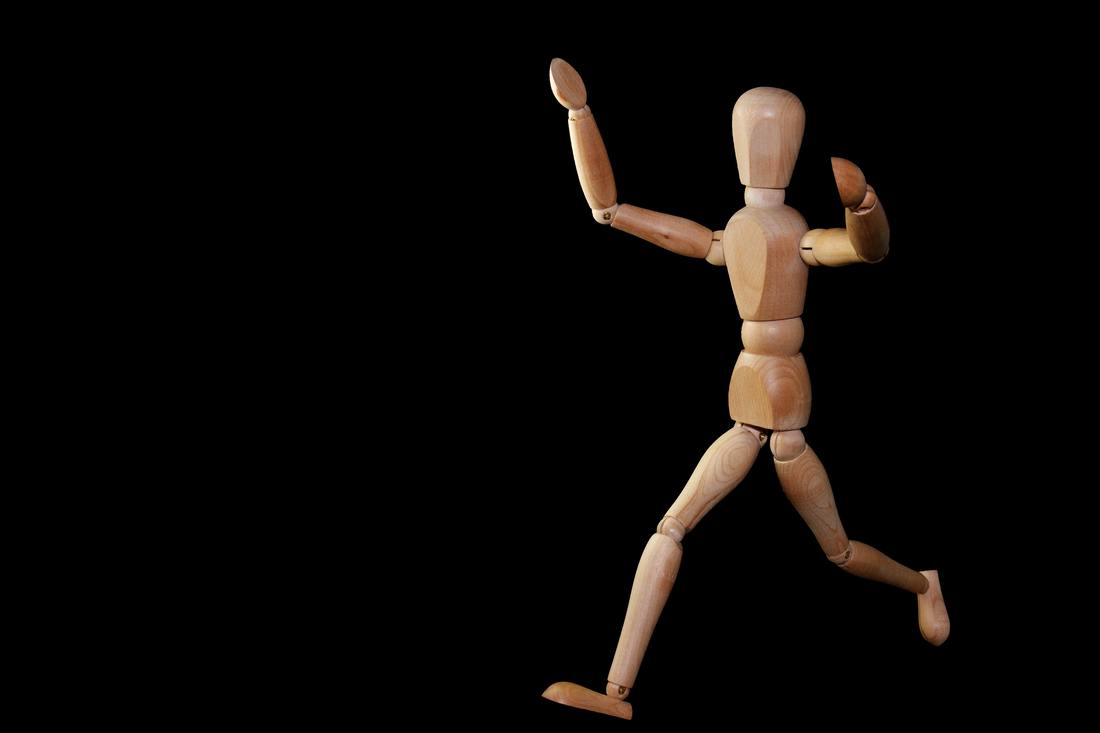
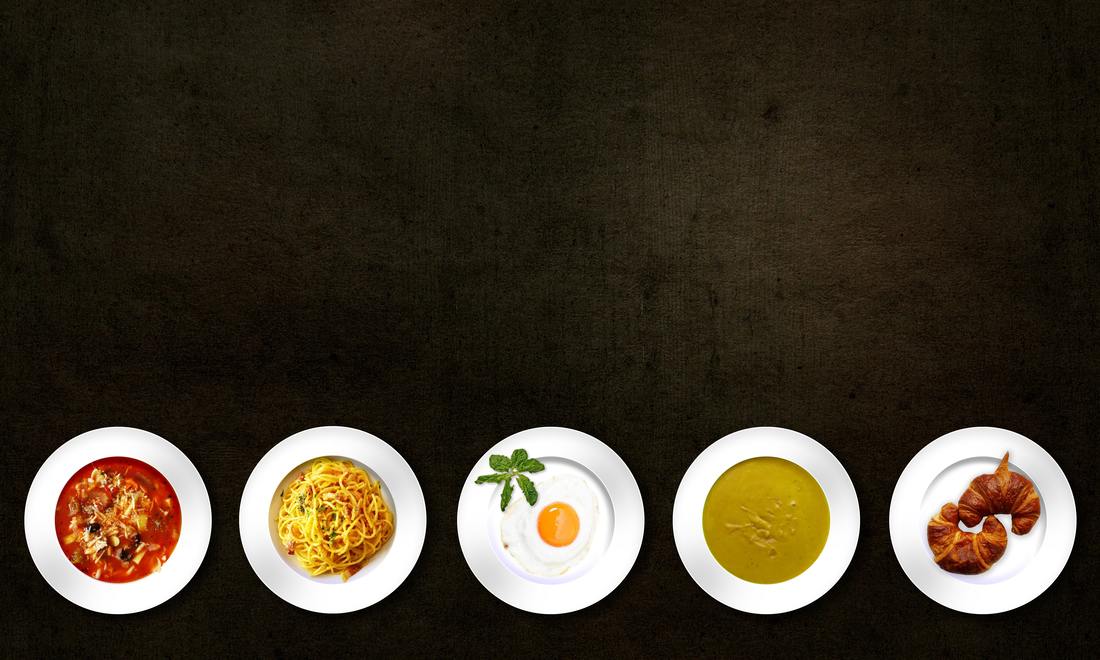
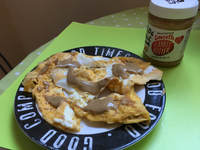
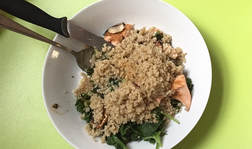
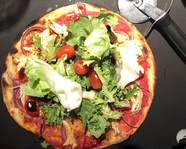
 RSS Feed
RSS Feed